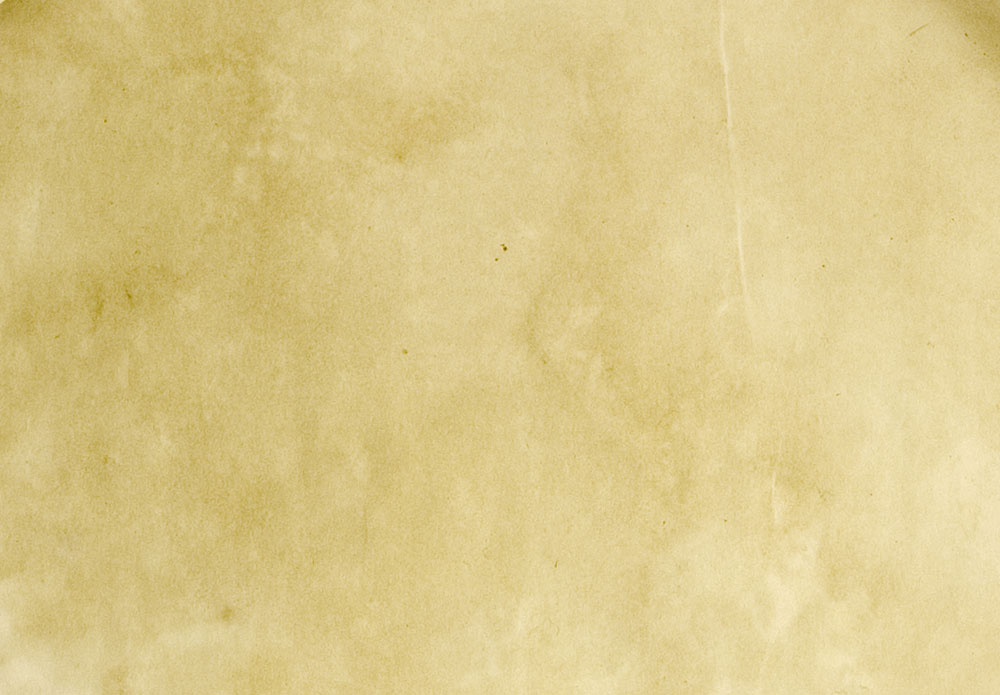
Queen Maeve was an ancient goddess who was the Queen of all Connaught in the Ulster cycle of Irish mythology.
Maeve was in power in the first century AD. Her husband was Ailill Mac Máta king of the Connachta: a group of Irish dynasties who claimed descent from the legendary High King Conn Cétchathach – Conn of the Hundred Battles. According to P.E. Praeger, one time Secretary of the old Irish Naturalists’ Field Club, William Shakespeare commemorated Maeve – whose legendary life fuelled so many fairytales and stories – in the character of Mab the Fairy Queen referred to in Mercutio’s famous speech in “Romeo and Juliet” – O, then, I see Queen Mab hath been with you. She is the fairies’ midwife.
The local legend is Maeve was buried underneath the forty foot high stone cairn on top of Knocknarea upon her horse and in full battle regalia facing her enemies in Ulster. This legend may well have originated from an adaptation for poetic purposes by W.B Yeats of the legend of Eoghan Bell the sixth century warrior king of Connaught.


In 537 the Battle of Sligo was fought between the forces of Connaught and Ulster, and there is probably a connection between this event and some of the structures on top of Knocknarea. Some writers (probably from Ulster) claim the Connaughtmen were slaughtered and the king killed. Other writers (probably from Connaught) assert that, although Eoghan Bell was mortally wounded, the Connaughtmen were victorious and the remaining warriors stayed for several days erecting the monuments of Carrowmore over their dead. On receiving his death wound, Eoghan Bell directed his followers to bury him in Rath O’Fiachrach. This was probably Meascán Méadhbha, since at the time Knocknarea was included in the Barony of Tireragh that belonged to the O’Fiachras.
We are told in The Life of St Ceallach, “Eoghan also said to bury himself with his red Javelin in his hand” and upright facing his enemies in Ulster in defiance. For a time the Connaughtmen were undefeatable until the Ulstermen found out the cause of their disaster, dug up poor Eoghan Bell and buried him – head first this time – somewhere near Hazelwood near Sligo town, thus breaking the Connaughtmen’s spell. According to yet more legend one of the six other smaller tombs on Knocknarea is Eoghan’s tomb and W.B Yeats refers to this legend in The Black Tower:
“There in the tomb the dead stand upright.”

Coolera was quite often the battleground when the forces of Connaught and Ulster met in bloody conflict. In those days, the armies availed of the strand passes or fearsat to criss-cross the Coolera estuaries at Drumcliffe, Gibraltar, Cummeen, Culleenamore and to quickly cross Ballysadare Bay. Armies looked for the shortest route for their military marches. Before the advent of roads these fearsats linked Tireragh with Coolera and North Sligo. At the time of St Patrick, the overlords of Coolera were the O’ Dowd’s of Uí Fiachrach.
Coolera was part of Tireragh, which in Gaelic means ‘Fiachra’s country’. Fiachra was the son of Daithi: a fifth century High King of Ireland. The descendants of Fiachra were the O’Dowds whose leaders were the chieftans of Tireragh for over a thousand years. By the twelfth century the O’Dowds were replaced first by the O’ Donnells and then by the O’ Connors. The O’Dowds for centuries patronised the MacFirbis hereditary bards and genealogists who left us with important tomes.
These included The Book of Genealogies, whose writers witnessed the dispossession of the old clanns. The book ends; “At length the Saxon heretics of Oliver Cromwell took it from them all in the year of our Lord 1652, so that now there is neither Barrett nor Burke, not to mention the Clann Fiachra, in possession of any lands there.” New planters, grantees or soldiers and those loyal to Queen Elizabeth attained lands that were held by the O’Connors in the seventeenth century.
source: Seamus McGoldrick
